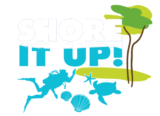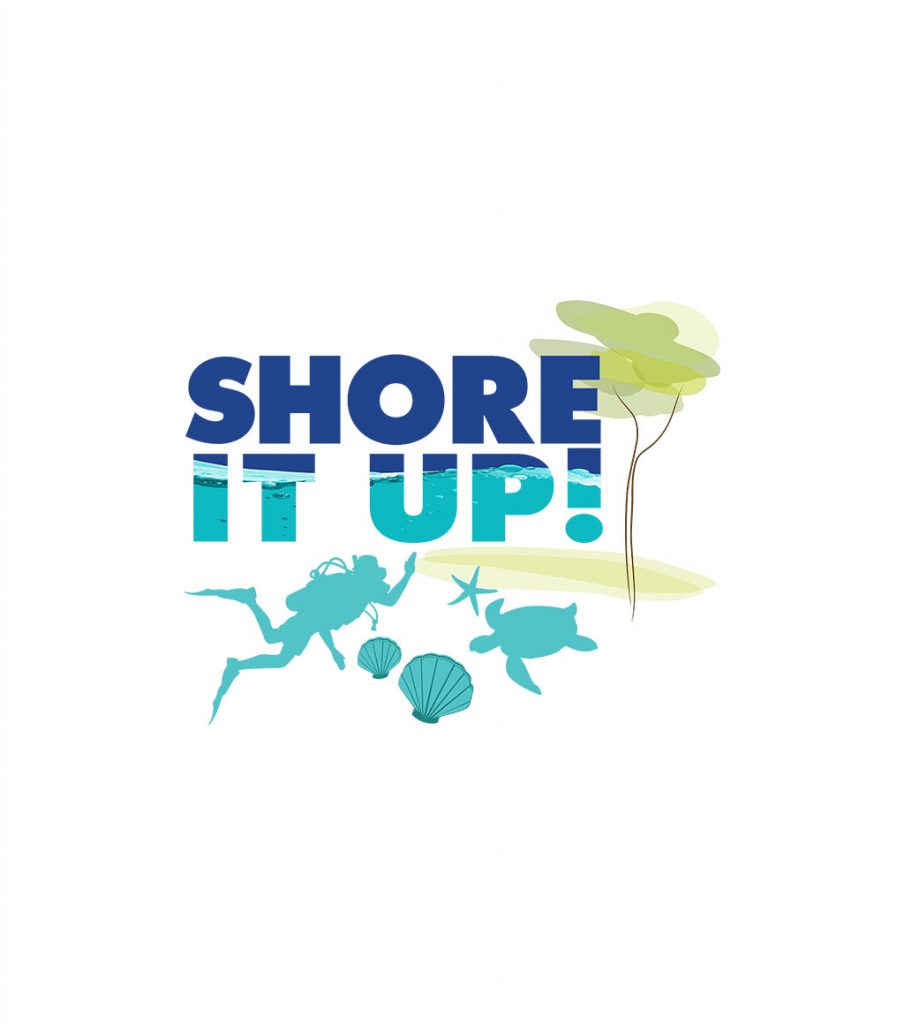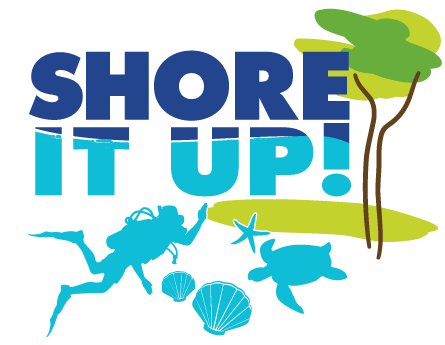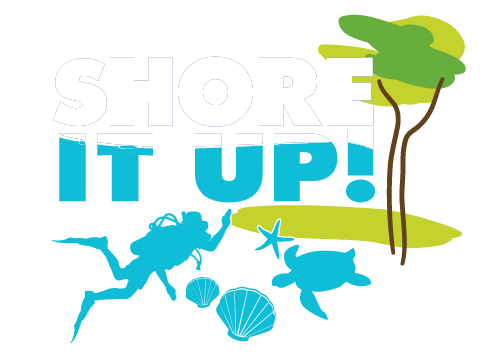Mangrove Centers
Mangroves in Trouble
Forested mangrove in the Philippines has decreased from an estimated coverage of 450,000 ha in 1918 to less than 120,000 ha in the late 1990’s. The most rapid decrease in mangrove coverage occurred during the 1960’s and 1970’s when national policies encouraged the expansion of aquaculture. Today, fishponds cover about 289,000 ha, most of which were formerly mangroves. For the period 1967 – 1968, the average rate of decline was about 8,000ha annually (DENR, 2001).
The Solution
The Mangrove Propagation/Protection & Information Center (M.P.I.C.) is a legacy of Metro Pacific Investments Foundation, through Shore It Up and its LGU partner, to the Filipino people.
This facility shall serve as the center for the protection and propagation of mangrove trees in coastal estuaries, including the rehabilitation of degraded mangroves in the coastal communities of the country, while providing information for locals, tourists and guests on the value and benefits of mangroves in our ecosystem.
How do we make it sustainable?
- Community-based project
- We measure its impact and sustainability
- We use eco-tourism as an engine for sustainability
- We empower the community
- We provide a manual for the use of the center
- We provide training for the Mangrove Eco-Guides and monthly allowance
Training Outline
Day 1
- Welcome Remarks
- Objectives of the training
- Overview of the local area
- Introduction to Mangrove and its importance
- The Mangroves of the Philippines
- Overview of mangrove forest management
- The mangrove eco-system of the partner LGU
Day 2
- Field work: Mangrove area/eco-park overview and familiarization tour
- Field work: Mangrove Taxonomy
- Conducting activities/tours for mangrove appreciation
Day 3
- First Aid and Basic Life Support
- About MPIC, MPIF, SIU and the MPIC Project
- Use and Maintenance of MPIC
- Scheduling and conduct of center visits
- Activities and events management in the mangrove center
Day 4
- • The tourism industry
- • Understanding Eco-tourism
- • Handling of guests and visitors
- o Communication skills
- o Duties and responsibilities
- o Guiding techniques
- • Qualities of an effective eco-guide
- • How to make an effective commentary
- • Eco-guide responsibilities
Day 5
- • Field work: Mock tour
- • Eco-guiding as a profession
- • Understanding tourism impacts and sustainability
- • Closing remarks
- • Presentation/awarding of certificate and uniform
7. Partnership between MPIC/MPIF and LGU
A. MPIC/MPIF provides:- To provide the funding of the infrastructure PROJECT amounting to Php 6 Million.
- To look for and accredit its own contractor to manage the PROJECT.
- To provide audio/video equipment and materials for use and information mangrove experts in the country.
- To provide sufficient press releases on the development of the PROJECT.
- To ensure that skilled workers and laborers will be hired from the
- LGU Partner as a way of helping to provide additional jobs to its residents.
- Shall train qualified community people to become Mangrove Ecoguides and provide them a special uniform and equipment for use.
- To provide a suitable land free from liens and encumbrances, of adequate and sufficient dimension which shall serve as the location for the building and development of the PROJECT.
- To facilitate the issuance of needed permits, including building permits, and allow the PROJECT contractor to work in the area provided for the development of the PROJECT.
- To provide adequate assistance to the PROJECT contractor in the procurement of needed materials and to issue proper endorsements in order for said contractor to successfully avail of applicable discounts and other benefits.
- To provide referrals or supply the list of skilled workers within the municipality, who may be hired to work on the PROJECT.
- To provide adequate assistance to the PROJECT contractor by furnishing said contractors with equipment and such other tools as necessary.
- To provide assistance to MPIF in supervising the PROJECT through the Engineering Office of the City of Alaminos.
- Shall make the PROJECT a part of its tourist attractions so that the community involved in the PROJECT will get economic benefit.
- To institutionalize Shore It Up as part of its main environmental protection projects by declaring the first weekend of March every year to become a “Shore It Up Weekend.”



